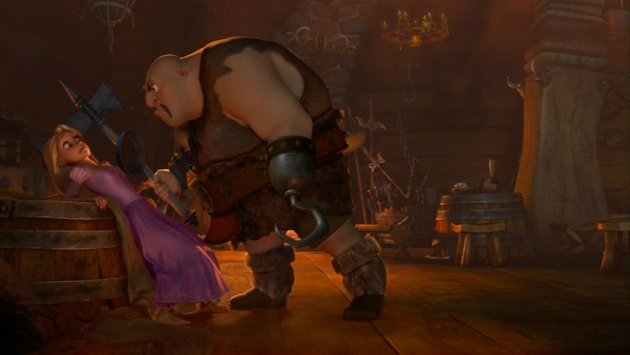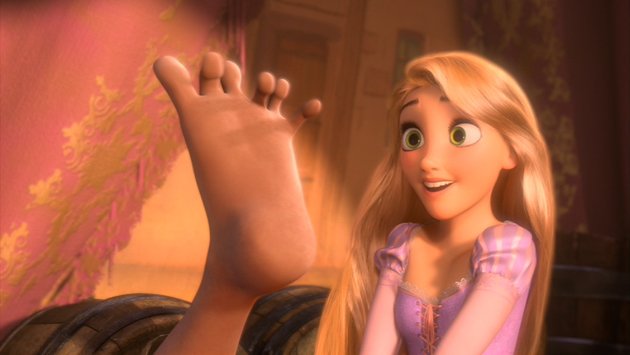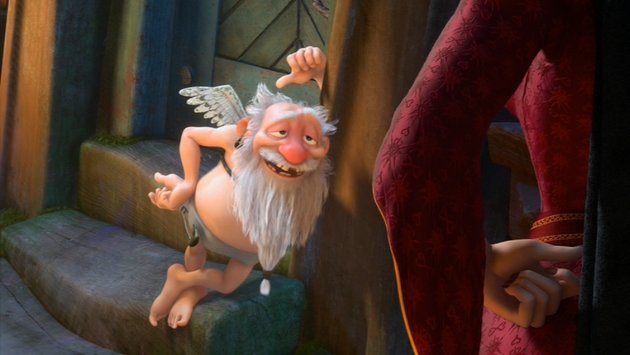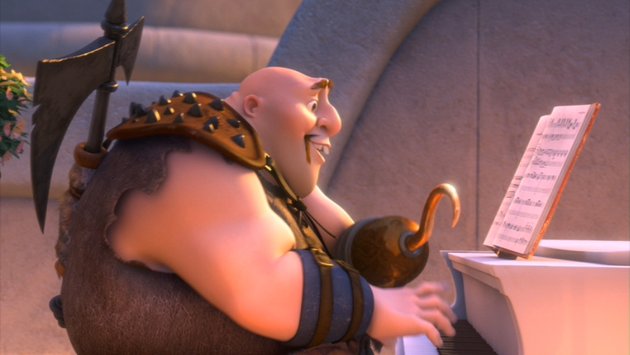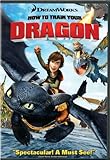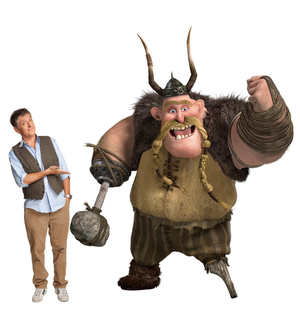From Media Access Australia: http://www.mediaaccess.org.au/latest_news/general/campaign-for-a-more-accessible-netflix#.UgDAYJxtTAU.twitter
Campaign for a more accessible Netflix
Tuesday, 06 August 2013 10:49am
Accessibility advocates are leading a campaign to make US-based video streaming service Netflix more accessible to people with disabilities. The Accessible Netflix Project aims to get Netflix to make audio description available and improve the accessibility of the Netflix website.
Netflix is a video on demand and DVD rental service currently available overseas. While it has committed to captioning all of its content by 2014, Netflix currently has no provision for blind or vision impaired subscribers.
The campaign aims to get Netflix to:
Provide a screen reader friendly experience to all Netflix functions on the PC and mobile devices with all screen readers
Provide an easily navigable interface for the mobility impaired using adaptive technology
Provide easy access to audio described content for the blind and the vision impaired on streaming services as well as DVD selection currently and in the future
Journalist Robert Kingett, who is leading the small team behind the Accessible Netflix Project, said the campaign started when he and other blind Netflix subscribers found they were unable to access DVDs and videos with audio description.
“It started out as just shouting about audio description on streaming services only [now] we want to expand our mission and help not just us but others as well,” Kingett said.
Despite a large proportion of DVD titles having audio description, there is no way for users to identify them through the Netflix interface. Kingett said a few blind subscribers even offered to provide Netflix with a list of accessible DVDs, but the offer was refused.
They also hope Netflix and other streaming services make their websites and media players accessible to all screen reader users and easier to use with screen magnifiers.
Screen readers allow blind users to navigate websites by converting information on the screen into speech. However, if certain coding practices and techniques are not followed on a website, screen readers are unable to interpret the information.
The project’s website has a Netflix accessibility feedback form which allows people to share any accessibility barriers experienced. Kingett said they are yet to gain the support of Netflix but hope to collaborate with the company to help improve its service.
“We’re here to let people know that equality should happen, especially since we are paying customers,” said Kingett.
In Australia there is currently no video on demand service that offers audio description. We maintain a database of audio described DVDs.



